Adding a burst of color to your garden can be quick and easy with fast-growing annual flowers. These vibrant plants can transform your outdoor space in just one growing season. Here are the top 10 fast-growing annual flowers that will bring beauty and cheer to your garden in no time.
Marigolds (Tagetes)
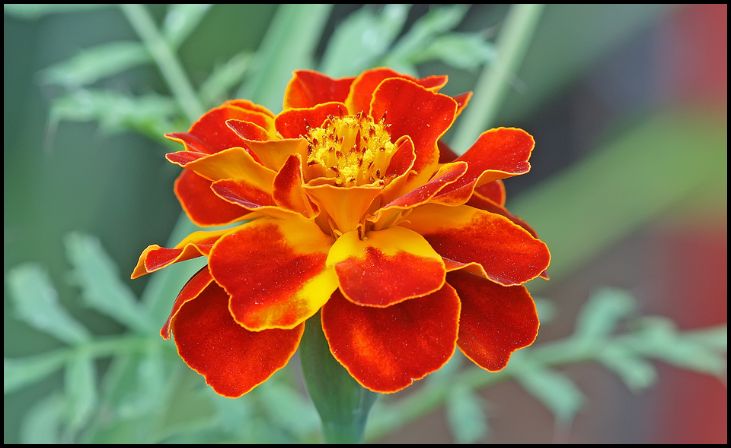
Marigolds are beloved for their vibrant hues and robust nature, making them a staple in many gardens. These fast-growing annuals can thrive in a variety of conditions, from full sun to partial shade, and are incredibly resilient to pests and diseases. Marigolds are available in shades of yellow, orange, and red, and their bright flowers can add a cheerful touch to any garden bed or container. In addition to their aesthetic appeal, marigolds are also known for their ability to repel certain insects, such as nematodes and aphids, making them a natural companion plant for vegetables. Their low-maintenance nature and long blooming period make marigolds an excellent choice for gardeners of all skill levels.
Cosmos (Cosmos bipinnatus)
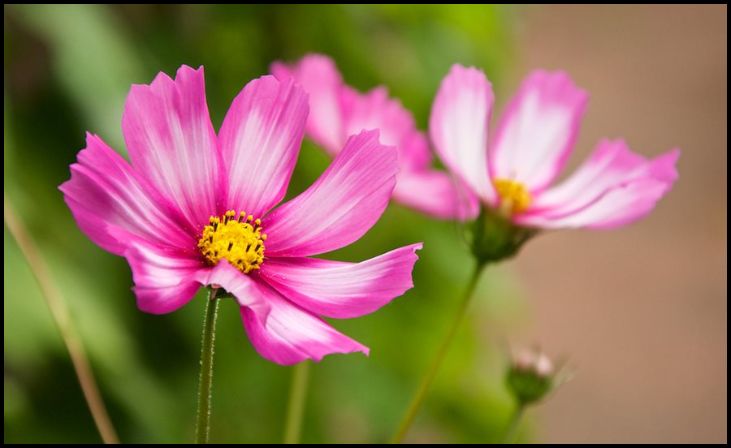
Cosmos are delicate, daisy-like flowers that grow quickly and come in a range of colors, including white, pink, and purple. These annuals are easy to grow and can add a whimsical, airy feel to your garden. Cosmos are also excellent for attracting butterflies and other pollinators, creating a vibrant and lively garden ecosystem. With their feathery foliage and long, slender stems, cosmos can create a sense of movement and lightness in garden borders and beds. They are highly adaptable and can thrive in poor soil conditions, provided they receive plenty of sunlight. Deadheading spent flowers can encourage prolonged blooming, allowing you to enjoy their beauty throughout the summer and into the fall.
Nasturtiums (Tropaeolum majus)
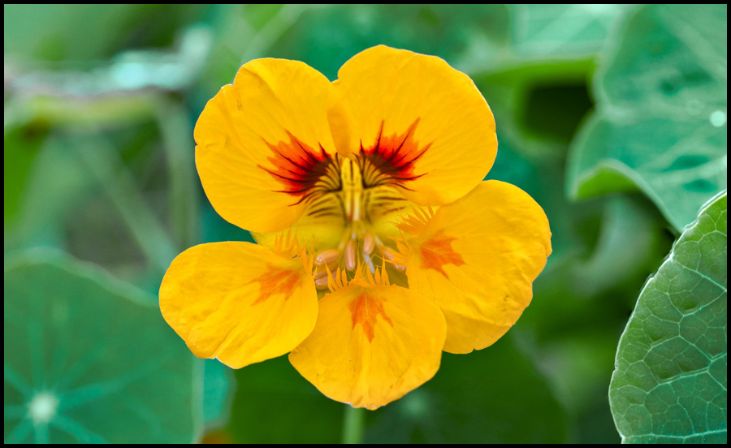
Nasturtiums are not only beautiful but also edible, with flowers and foliage that can be used in salads. These fast-growing annuals produce vibrant blooms in shades of red, orange, and yellow. Nasturtiums are easy to grow and can thrive in poor soil, making them a versatile addition to any garden. Their peppery-tasting leaves and flowers can add a unique flavor to culinary dishes, while their bright colors bring visual interest to the garden. Nasturtiums are also excellent for companion planting, as they can help deter pests from more vulnerable plants like tomatoes and cucumbers. Their trailing habit makes them ideal for hanging baskets, window boxes, and as ground cover.
Sunflowers (Helianthus annuus)

Sunflowers are known for their rapid growth and large, cheerful blooms that can reach impressive heights. These annuals come in various heights and colors, from the traditional yellow to red and even bi-colored varieties. Sunflowers can quickly brighten up any landscape and are a favorite for their dramatic appearance and ease of growth. They are not only visually stunning but also attract birds and pollinators to the garden. Sunflowers are particularly loved by bees and butterflies, which help promote a healthy garden environment. Additionally, sunflower seeds can be harvested and enjoyed as a nutritious snack, adding another layer of utility to this magnificent plant. Planting sunflowers in rows can also create a natural privacy screen or windbreak in your garden.
Zinnias (Zinnia elegans)
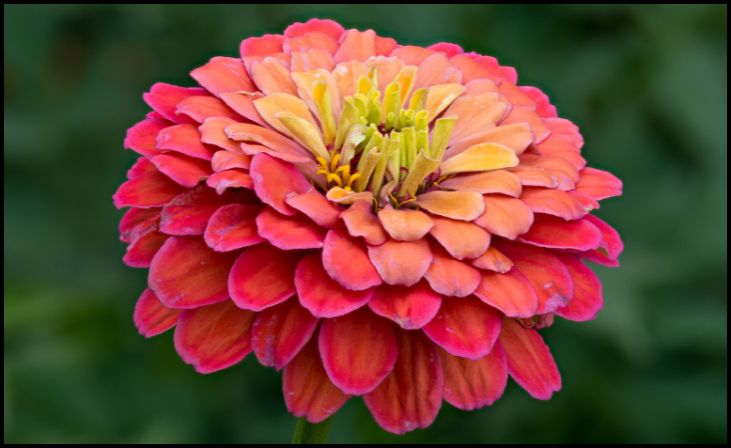
Zinnias are vibrant, showy flowers that grow quickly and come in a wide array of colors, including red, pink, orange, yellow, and purple. These annuals are perfect for adding a splash of color to your garden. Zinnias are easy to grow from seed and can thrive in sunny locations with well-drained soil. Their robust and long-lasting blooms make them a favorite for cutting gardens, as they can provide beautiful arrangements that last for weeks. Zinnias also attract butterflies and other beneficial insects, contributing to a thriving garden ecosystem. With their wide range of colors and sizes, zinnias can be used in a variety of garden designs, from formal flower beds to casual cottage gardens.
Morning Glories (Ipomoea tricolor)
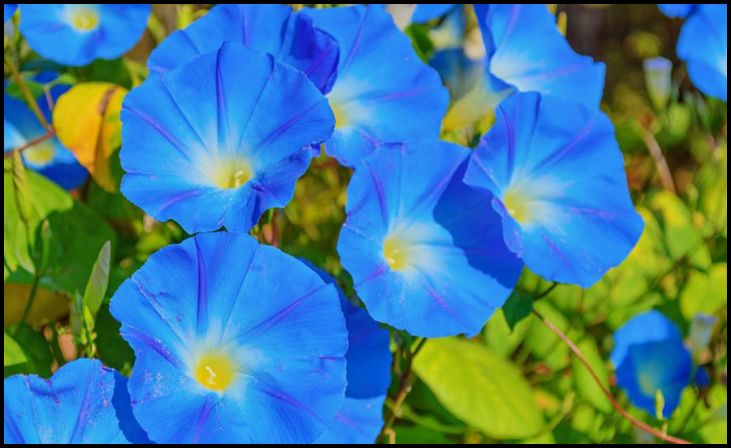
Morning glories are fast-growing annual vines known for their colorful, trumpet-shaped flowers. These blooms open in the morning and close by the afternoon, providing a stunning display throughout the summer. Morning glories can quickly cover trellises, fences, and arbors, adding vertical interest to your garden. Their rapid growth and lush foliage can create a natural screen or backdrop for other plants. Morning glories thrive in full sun and well-drained soil, and they can be easily grown from seed. They are also known for their resilience and can tolerate a variety of soil conditions. Their vibrant flowers and vigorous growth habit make morning glories an excellent choice for adding height and color to your garden.
Bachelor’s Buttons (Centaurea cyanus)
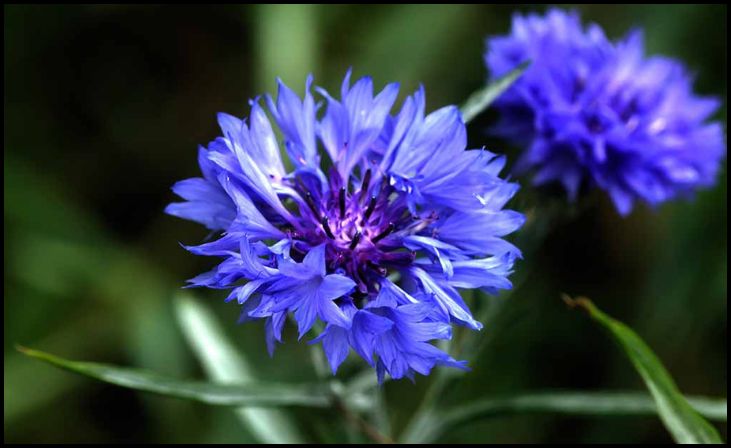
Bachelor’s buttons, also known as cornflowers, are charming annuals with button-like flowers that attract pollinators. These quick-growing plants come in shades of blue, pink, and white, and their delicate blooms add a touch of rustic charm to any garden. Bachelor’s buttons are particularly attractive to bees and butterflies, making them a great choice for pollinator gardens. They are easy to grow from seed and can thrive in a variety of soil conditions, including poor soils. These hardy plants are also drought-tolerant, making them ideal for low-maintenance gardens. Bachelor’s buttons can be used in wildflower meadows, borders, and as cut flowers for fresh arrangements.
Calendula (Calendula officinalis)
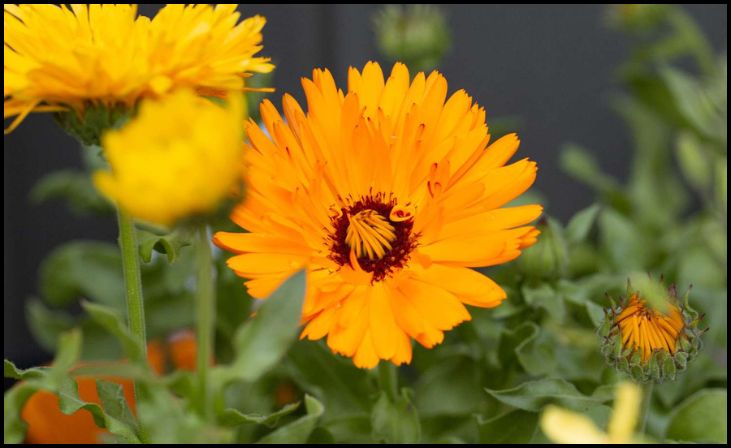
Calendula, often referred to as pot marigold, is a fast-growing annual with cheerful, daisy-like flowers. These blooms come in bright shades of yellow and orange and have medicinal properties. Calendula is easy to grow and blooms profusely, making it a valuable addition to any garden. The flowers and leaves of calendula can be used to make soothing balms and teas, known for their anti-inflammatory and healing properties. Calendula is also beneficial for the garden, as it attracts pollinators and can help repel pests. This versatile plant can be grown in garden beds, borders, and containers, providing continuous color and utility throughout the growing season.
Sweet Alyssum (Lobularia maritima)

Sweet alyssum is a fast-growing annual known for its tiny, fragrant flowers that form dense mats of color. These plants attract beneficial insects and can be used as ground cover or in hanging baskets. Sweet alyssum flowers come in white, pink, and purple, adding a soft, sweet scent to your garden. Their low-growing habit makes them ideal for edging pathways, filling gaps in flower beds, and spilling over the sides of containers. Sweet alyssum is also known for its ability to thrive in a variety of soil conditions and its tolerance to drought once established. This hardy plant can provide continuous blooms from spring through fall with minimal care.
Nigella (Nigella damascena)
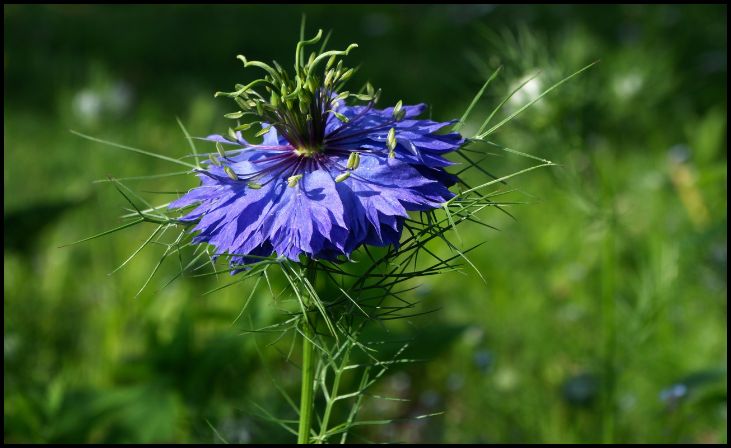
Nigella, also known as love-in-a-mist, is a quick-growing annual with delicate, airy flowers surrounded by feathery foliage. These blooms come in shades of blue, white, and pink, adding a whimsical touch to the garden. Nigella is easy to grow and can self-seed, providing continuous beauty year after year. The unique, seed-pod structures that form after the flowers fade add additional interest to the garden and can be used in dried flower arrangements. Nigella is well-suited to cottage gardens, wildflower meadows, and as a filler plant in mixed borders. Its ability to thrive in poor soil and its low-maintenance nature make nigella an excellent choice for gardeners looking for easy, yet charming additions to their landscape.

